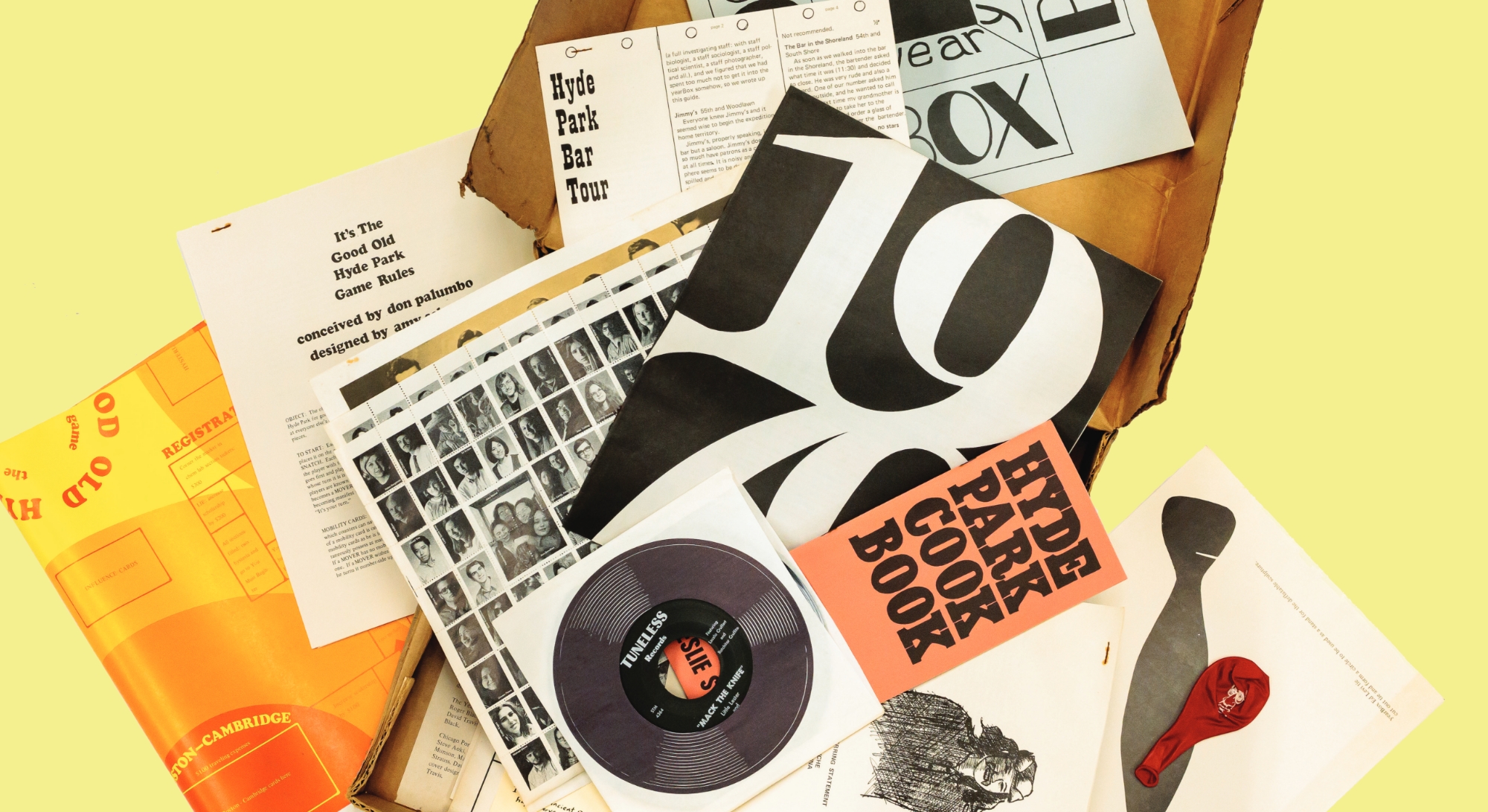
Inside the 1970 yearBox: A board game, senior pictures printed like postage stamps, a 45 rpm record (“Blue Greens and Beans” b/w “Mack the Knife” by Little Lester and the Rednecks), a bar guide, a cookbook, SVNA’s manifesto, and more. (All photography by John Zich)
An oral history of an astonishing artifact.
“What’s a yearBox, you ask?” read the ad in the March 13, 1970, issue of The Maroon. “The yearBox is not a MAROON … or a Cap and Gown [the title of UChicago’s yearbook], or any thing that you would normally expect.”
The yearBox, edited by David Travis, AB’71, and designed by Roger Black, EX’70, cost five dollars (about $40 today).
After graduation Travis became curator of photography at the Art Institute, a position he held for three decades. Black became an art director at Rolling Stone, The New York Times Magazine, Esquire, and many other publications.
Roger Black, EX’70: The College had a horrible yearbook.
Leslie Strauss Travis, AB’73: This was pre-self-publishing. Every single yearbook in the country was printed in the same three or four different places. They all ended up looking exactly the same—same paper stock, same size.
David Travis, AB’71: [Dan B.]“Skip” Landt [AM’62, assistant dean of students and student activities director, 1967–75 ], who was a good friend of ours—he was a lovely man, and just crazy—he said, “Travis, there’s all this money. Why don’t you just do a yearbook?” I said, “Why would I want to do a yearbook? If I could do anything I wanted, I’d put it in a box.”
Leslie Strauss Travis: It was a kind of ironic, sarcastic comment.
David Travis: He said, “How would that work?” I said, “I don’t know—we’d have different things in different formats and we’d put them in a box.” He goes, “That’s a great idea.”
Roger Black: I was sort of the designer.
David Travis: I was a photographer for the Maroon, and Roger [Black] was a close friend and a genius designer.
Roger Black: We’re coming out of the ’60s, when there was all this innovation in media. There was Aspen: The Magazine in a Box. Aspen was quite interesting—they included vinyls, posters and stickers, different sizes of booklets, as well as full-sized magazines. So that was our main inspiration.
Leslie Strauss Travis: Roger was not copying. He was inventing.
Roger Black: I bet you there were half a dozen or more yearboxes in ’68, ’69, ’70, ’71. I don’t think we were original. The most original thing was that ad where we put “box” in uppercase.
Leslie Strauss Travis: They were trying to do it as inexpensively as possible, which is why they all have different covers.
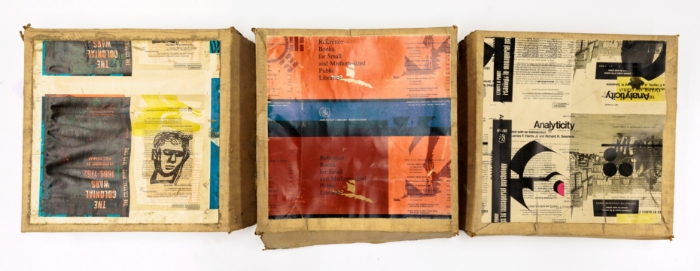
David Travis: The covers were free from the UC Press. It’s what they call press sheets. They don’t waste paper, they use both sides, and just keep shoving them through at various angles.
Leslie Strauss Travis: The covers were wonderful collages of different books. When people came to get their yearBox, they could choose the cover.
Roger Black: We had money from Student Activities. I don’t think there was much in the way of advertising, so we tried to do really cheap stuff.
Leslie Strauss Travis: David and Roger went around asking people they knew for ideas.
Roger Black: The one thing everybody was volunteering for was the Hyde Park bar guide.
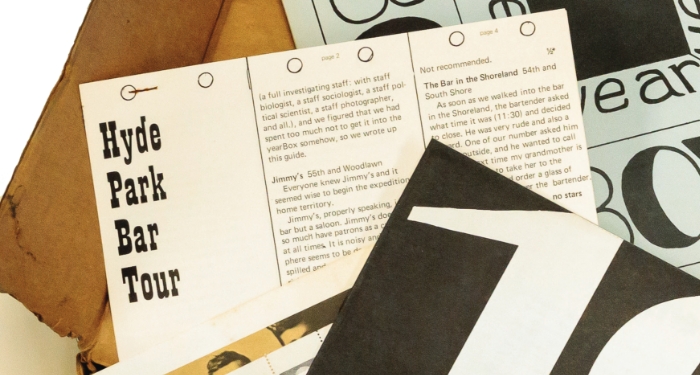
Leslie Strauss Travis: You can cut it out, staple it together, and put it in your pocket.
Roger Black: We went to the Yellow Pages and looked up “bar.” And we went to all of them. We were University of Chicago students. We had to do our research. On the east side, by the lake, there were all these cocktail places with older Jewish people sipping old-fashioneds and things that we had never—we had to ask what they were. “Oh, that’s a mai tai, dear.” Then we’d order one.
Leslie Strauss Travis: It was funny to have a bar guide at an institution where people had the reputation of always being in the library.
David Travis: Some ideas were ridiculously complicated. Someone in my dorm did a fabulous game.
Don Palumbo, AB’70: I knew Dave Travis casually. I said, “I could make up a game to go with it.” And he said, “Go ahead.” And that was all the conversation we had.
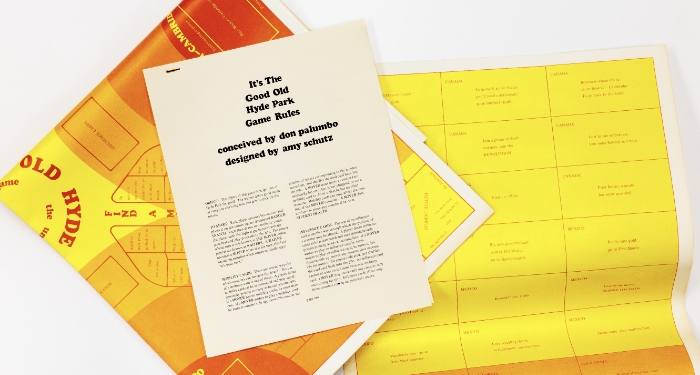
Leslie Strauss Travis: We called it the Get Out of Hyde Park game.
David Travis: People would be taking 10 years to do their PhD, living in a Volkswagen van.
Don Palumbo: The object was to get out of Hyde Park. I came up with the game in a day or two and turned it over to David Travis, and he had it artistically designed by Amy [Schutz, AB’71].
David Travis: People played it.
Don Palumbo: I never played it. It wasn’t designed for play. It was designed just to entertain you by reading it, but apparently you can play it.
Leslie Strauss Travis: You couldn’t win if you were playing competitively. To get out of Hyde Park, someone had to agree to be your roommate.
David Travis: People who played it said, “This is a really good game, it’s crafted perfectly well.”
Don Palumbo: The whole game was done without any editing at all.
David Travis: It was easy to dream up ideas.
Leslie Strauss Travis: Somebody would have said, “The pictures in the yearbook just look like postage stamps,” and somebody else would have said, ““Let’s put them on postage stamps,” and somebody else would have made it happen.
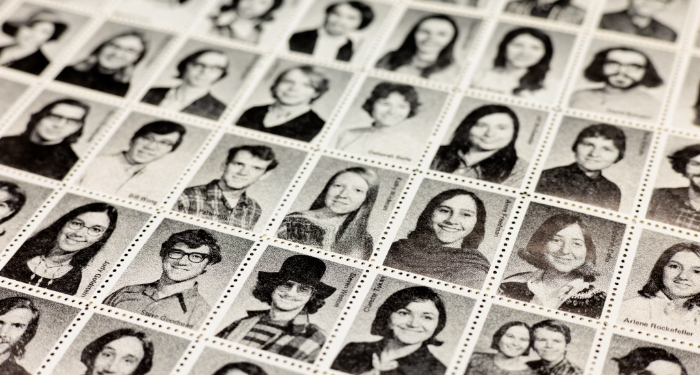
Roger Black: Travis figured out you can get a halftone screen that makes it look engraved.
Leslie Strauss Travis: They’re gummed on the back.
Roger Black: I saw people tearing out stamps they didn’t want to see.
Leslie Strauss Travis: There was the inflatable bust of Edward Levi [LAB’28, PhB’32, JD’35]. It was a balloon, and there was a little stand you had to put together.
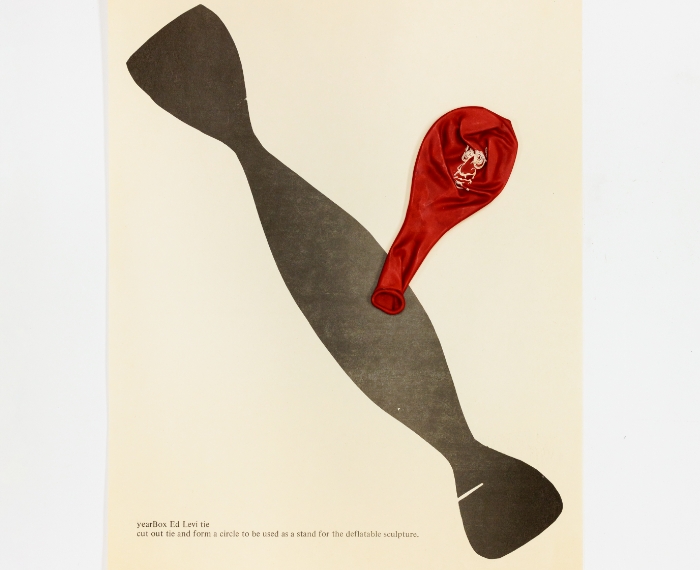
Roger Black: We had this guy, [Richard] Kimmel [SM’90], the Maroon cartoonist. He drew Levi’s glasses, eyes, and nose, and we printed it on pink balloons. We made a little cutout bow-tie collar that you set him in. Everyone blew them up. He was all over the place.
Leslie Strauss Travis: There was a cookbook in it, designed by Roger.
Roger Black: Leslie did the recipe book. She was a cook.
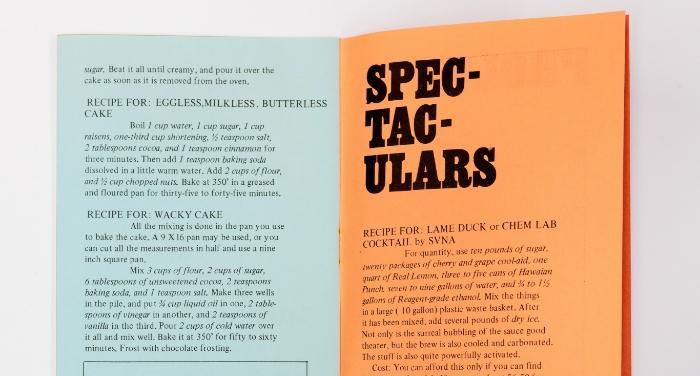
Leslie Strauss Travis: At the time, I was cooking on a hot plate and washing dishes in a bathtub. So the idea that I was writing a cookbook was amusing. And I misspelled the word “recipe” every single time.
David Travis: It was “reci-pie.”
Leslie Strauss Travis: There was what was called the Chicago Portfolio, suitable for framing.
Roger Black: We didn’t put any captions. They were like, art. They don’t need captions. That was stupid.
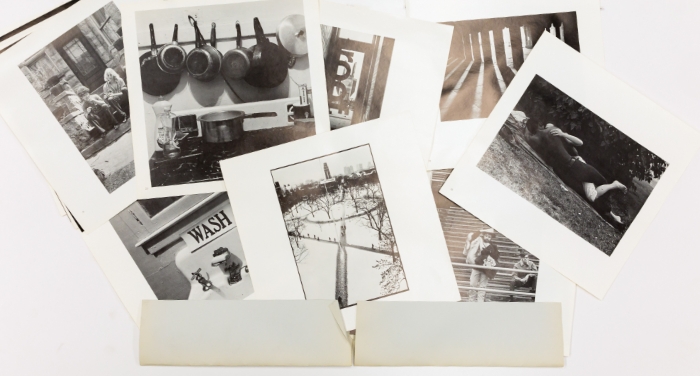
David Travis: People could get one by volunteering when we put them together. We had a whole giant room in Ida Noyes. It was fun.
Leslie Strauss Travis: It was done just one year. The stuff that Roger and David did together was such high quality. It holds up.
Roger Black: Nobody thought of the archive at all. It was never part of the conversation. It wasn’t a record—it was something to enhance the current moment. We weren’t thinking that we knew what we were doing. We were just having fun.
Read an oral history of College life in the 1970s: “Ho-Ho, the University of Chicago Is Funnier Than You Think.”
